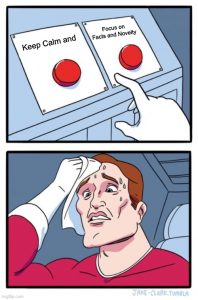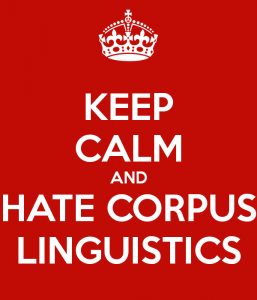 I routinely take a pause in what I am doing to reflect on my goals and what I’ve learned. I’m sure you do too. I had been listening to the recorded works of Jean Sibelius and Carl Nielsen, but am now on to Sir Edward Elgar and Josef Suk. Billie Eilish and Vampire Weekend didn’t last long. I gave up on my deep learning startup to pursue another, less abstract technology. I revamped this site. I put trail running on pause and have been lifting weights more. I shifted writing efforts to a new series centered on manipulating animal physiologies for war and espionage.
I routinely take a pause in what I am doing to reflect on my goals and what I’ve learned. I’m sure you do too. I had been listening to the recorded works of Jean Sibelius and Carl Nielsen, but am now on to Sir Edward Elgar and Josef Suk. Billie Eilish and Vampire Weekend didn’t last long. I gave up on my deep learning startup to pursue another, less abstract technology. I revamped this site. I put trail running on pause and have been lifting weights more. I shifted writing efforts to a new series centered on manipulating animal physiologies for war and espionage.
These pauses feel like taking an expansive stretch after sitting still for a long period; a reset of the mental apparatus that repositions the mind for a new phase. For me, one take away from recent events, up to and including the great pause of the coronavirus pandemic, is a reconsideration of the amount of silly and pointless content we absorb. Just a few examples: The drama of Twitter feuds among the glitterati and the political class, cancel culture, and shaming. The endless technology, photography, audiophile, fashion, and food reporting and communal commenting that serves to channel our engagement with products and services. Even the lightweight philosophizing that goes with critiques of tradition or society has the same basic set of drivers.
What’s shared among them is the desire for attention, an intellectual posturing to attract and maintain the gaze of others. But it does have a counterpoint, I believe, in a grounding in facts, reason, and a careful attention to novelty. The latter may be a bit hard to pin down, though. It is easy to mistake randomness or chaos for novelty.… Read the rest

